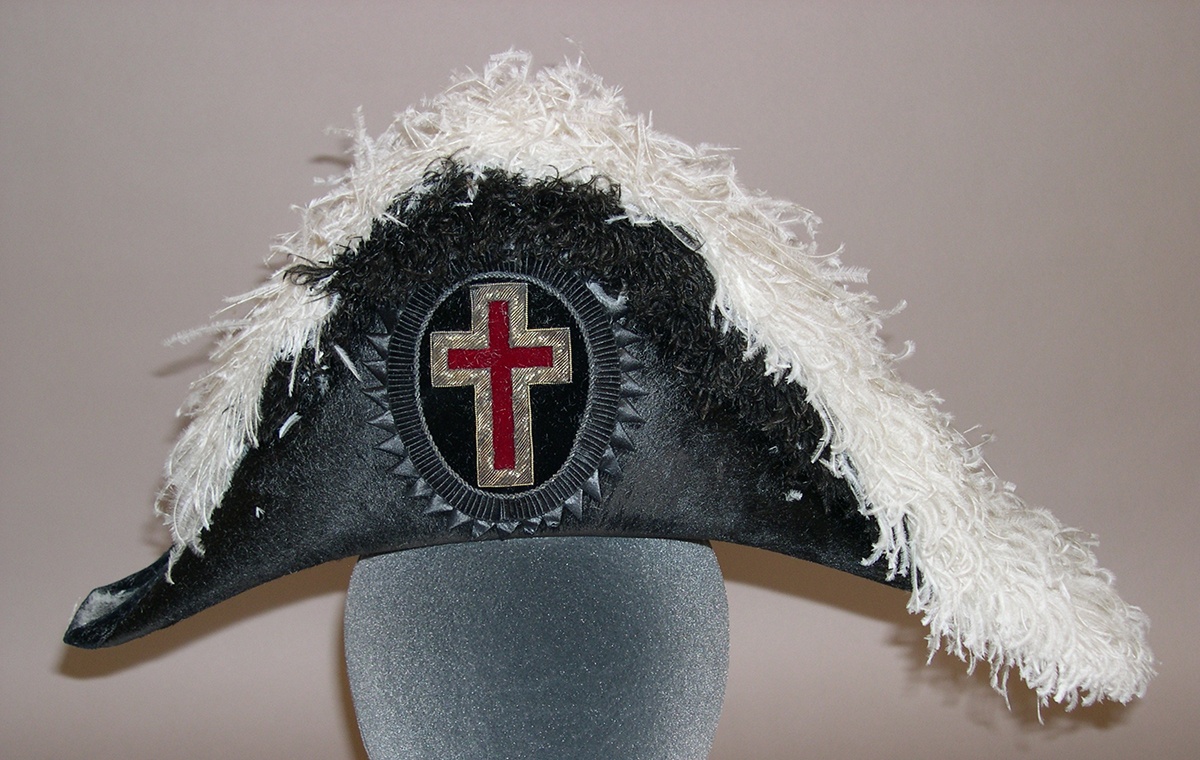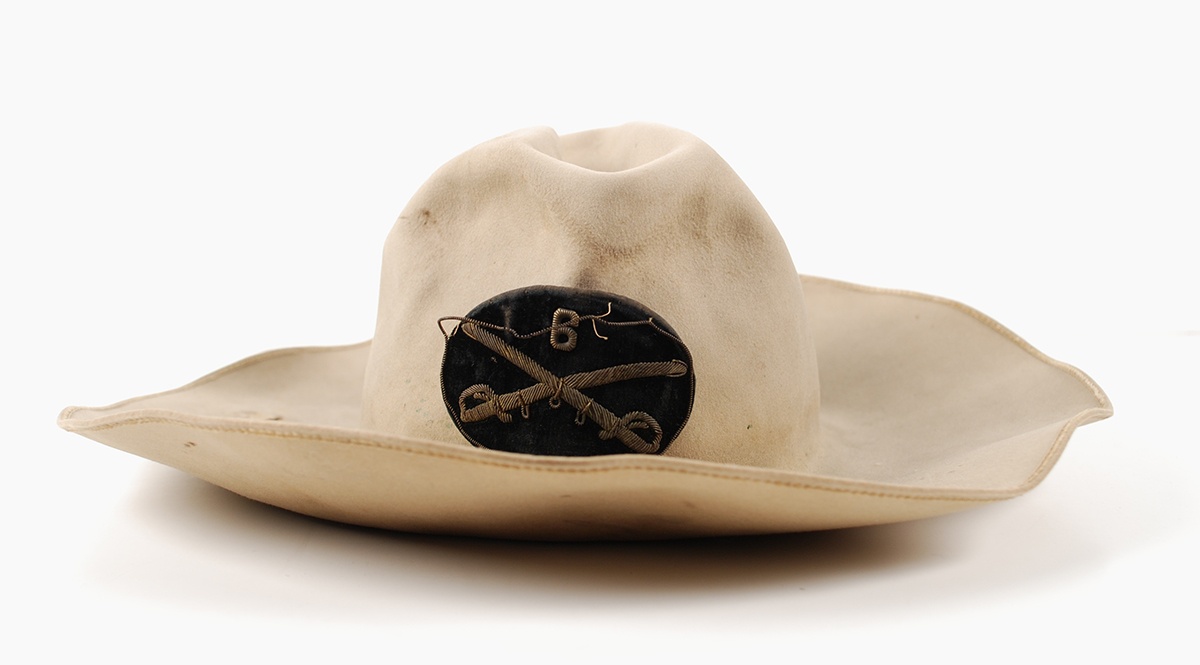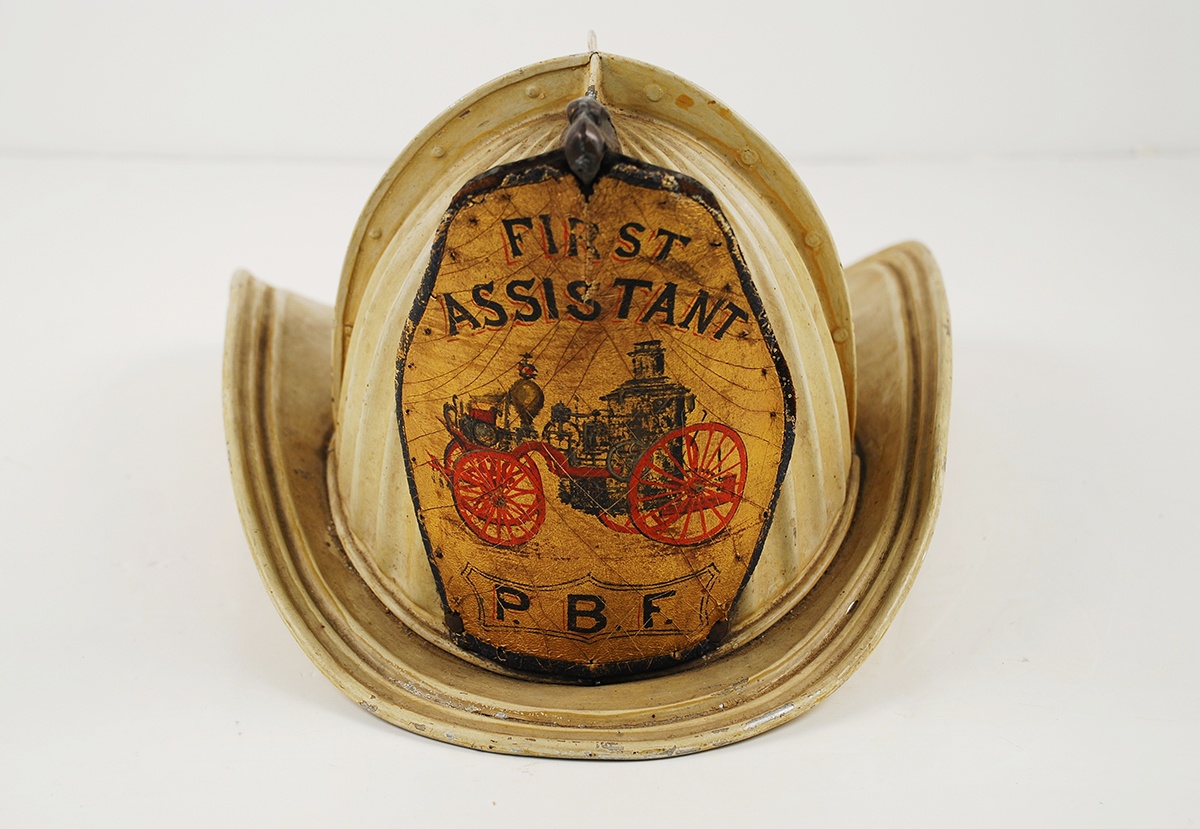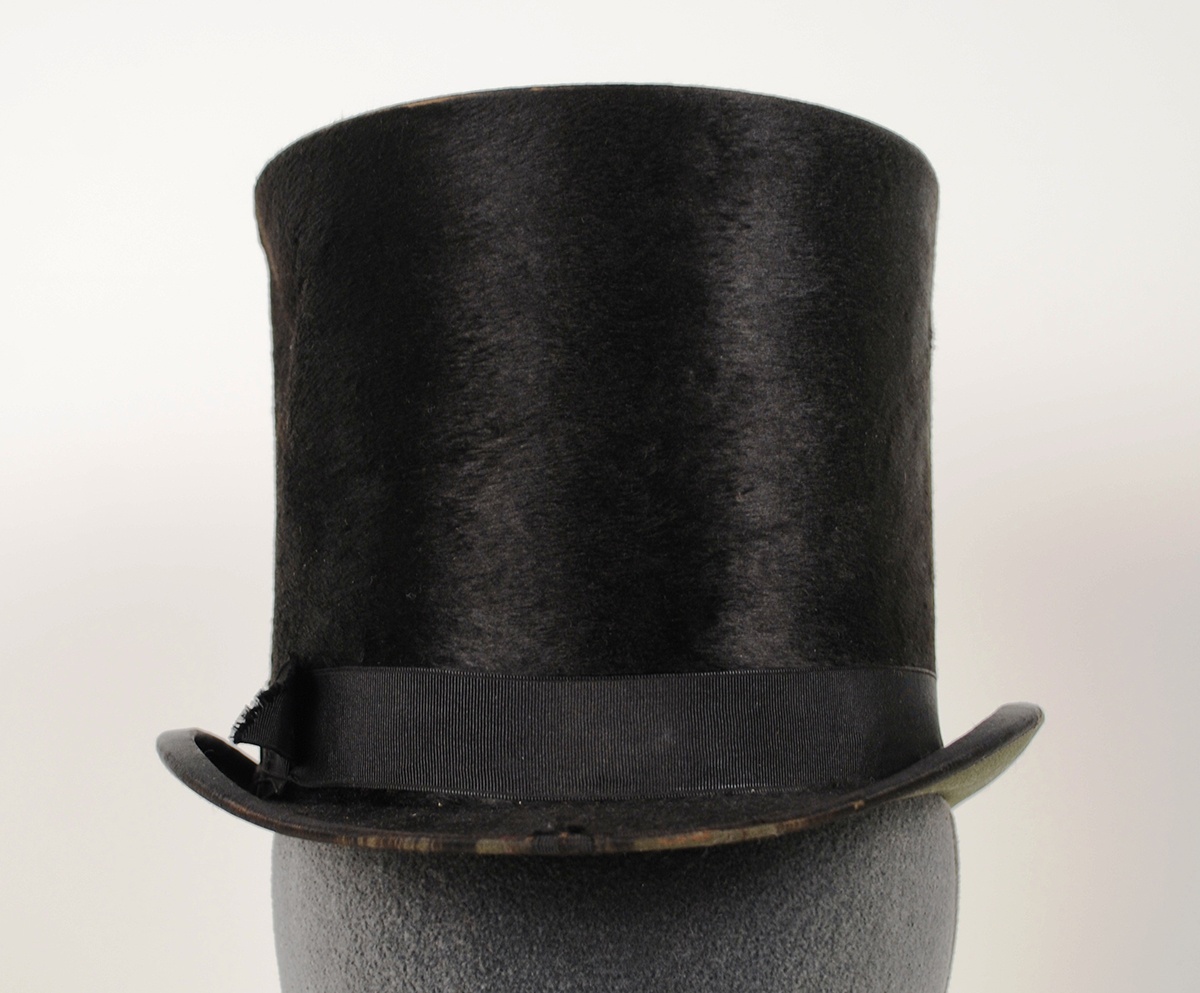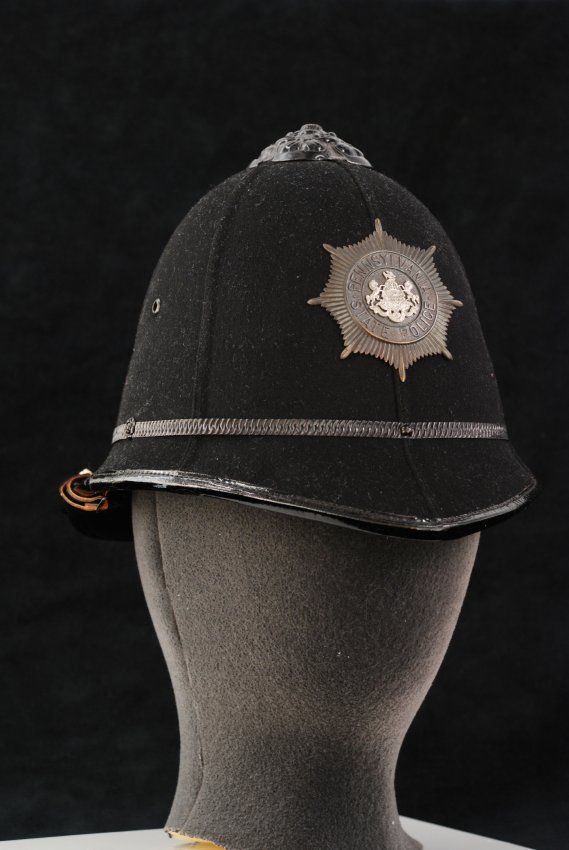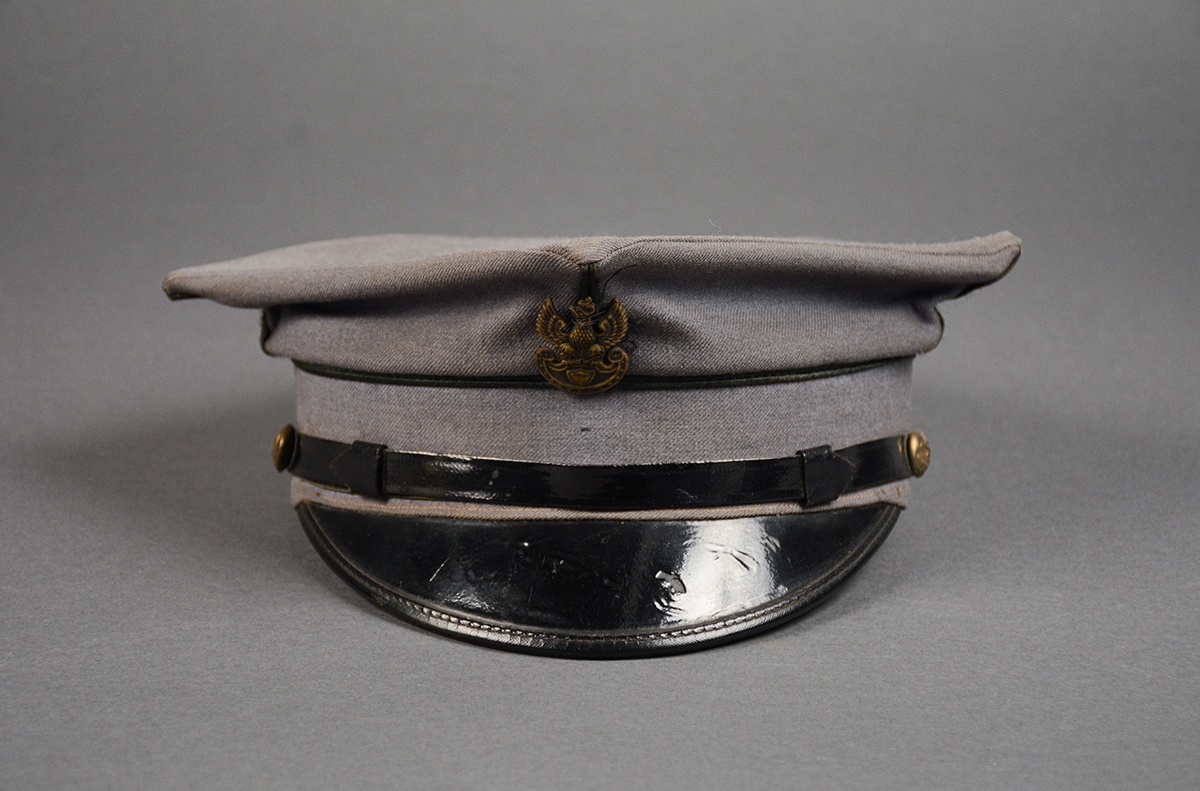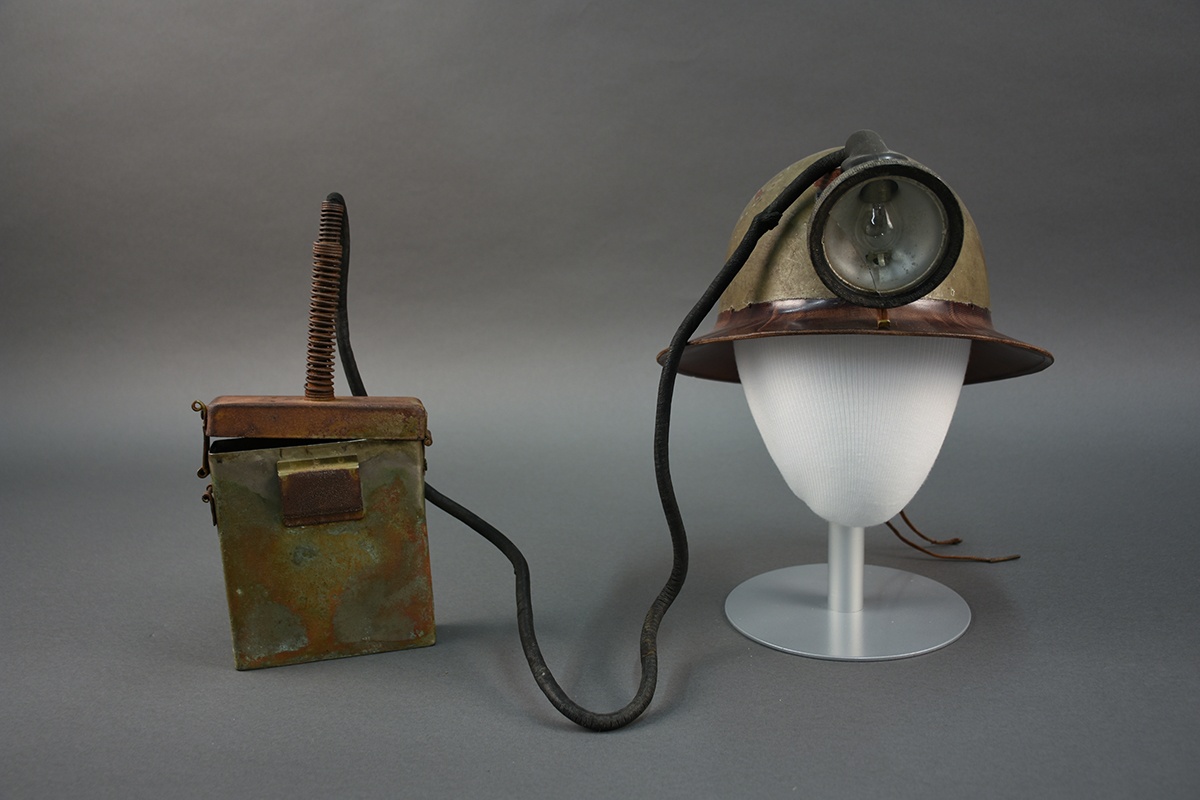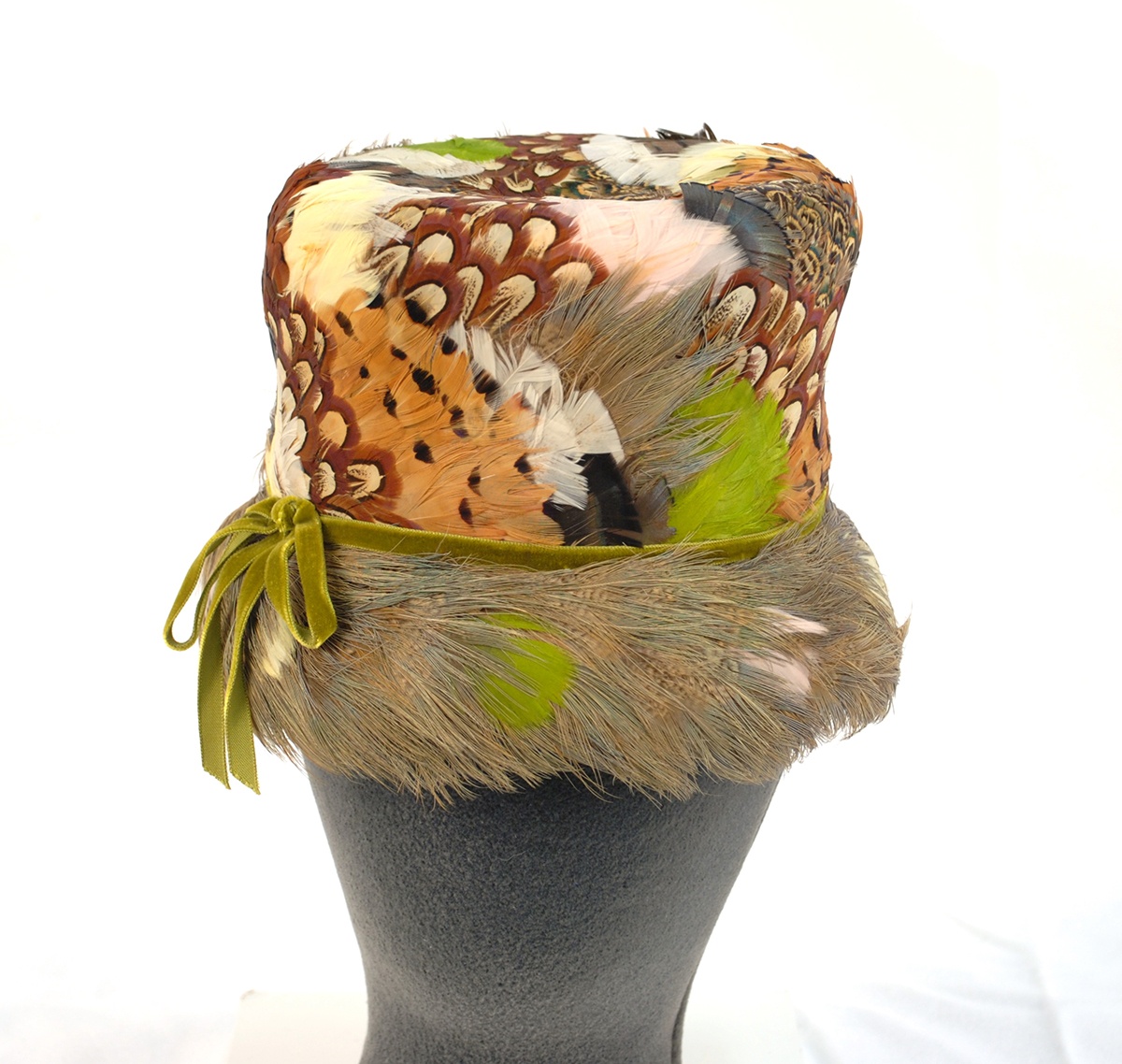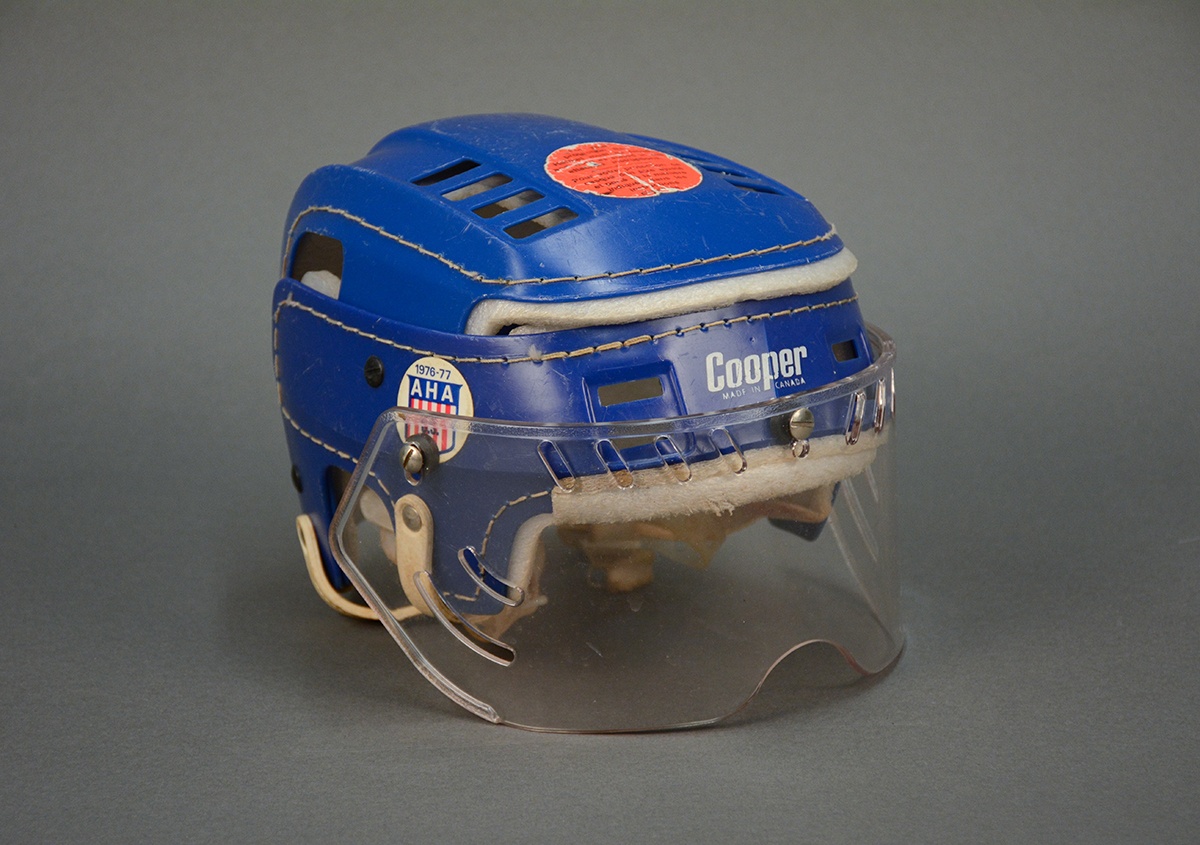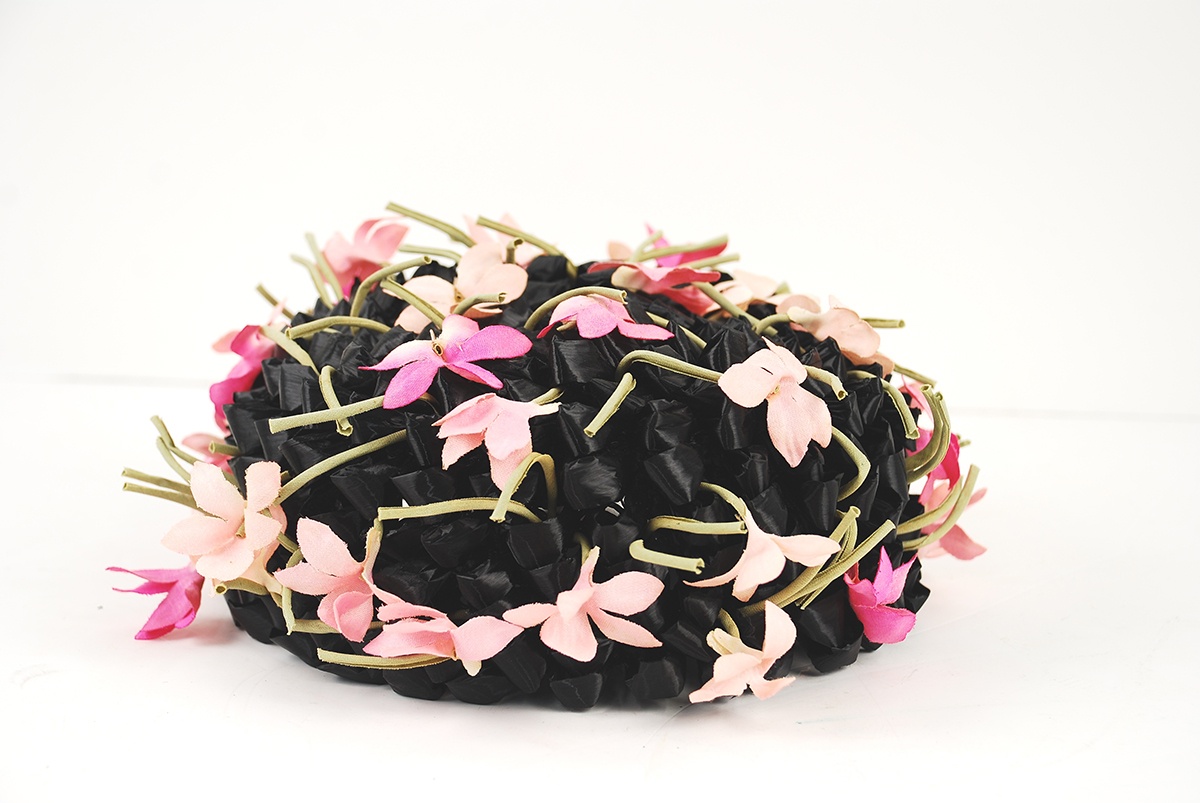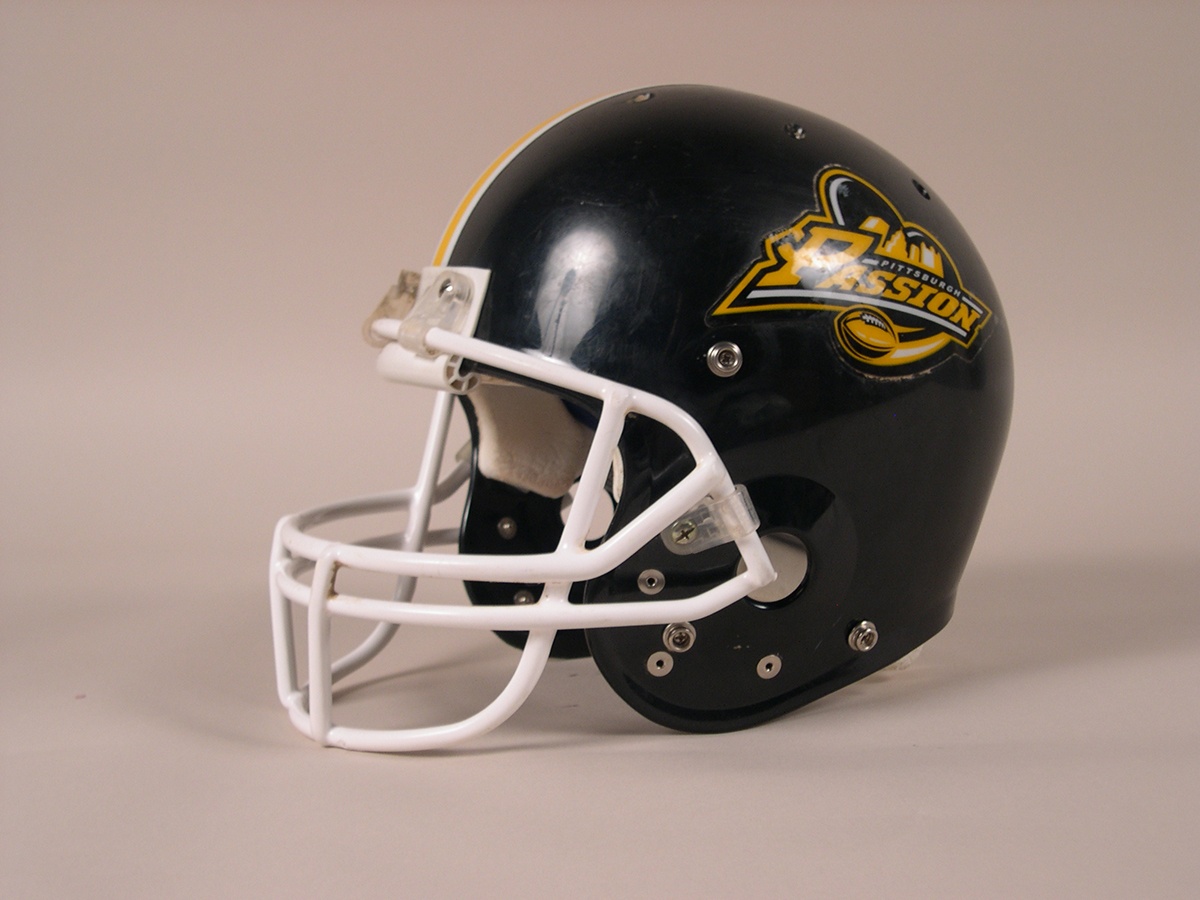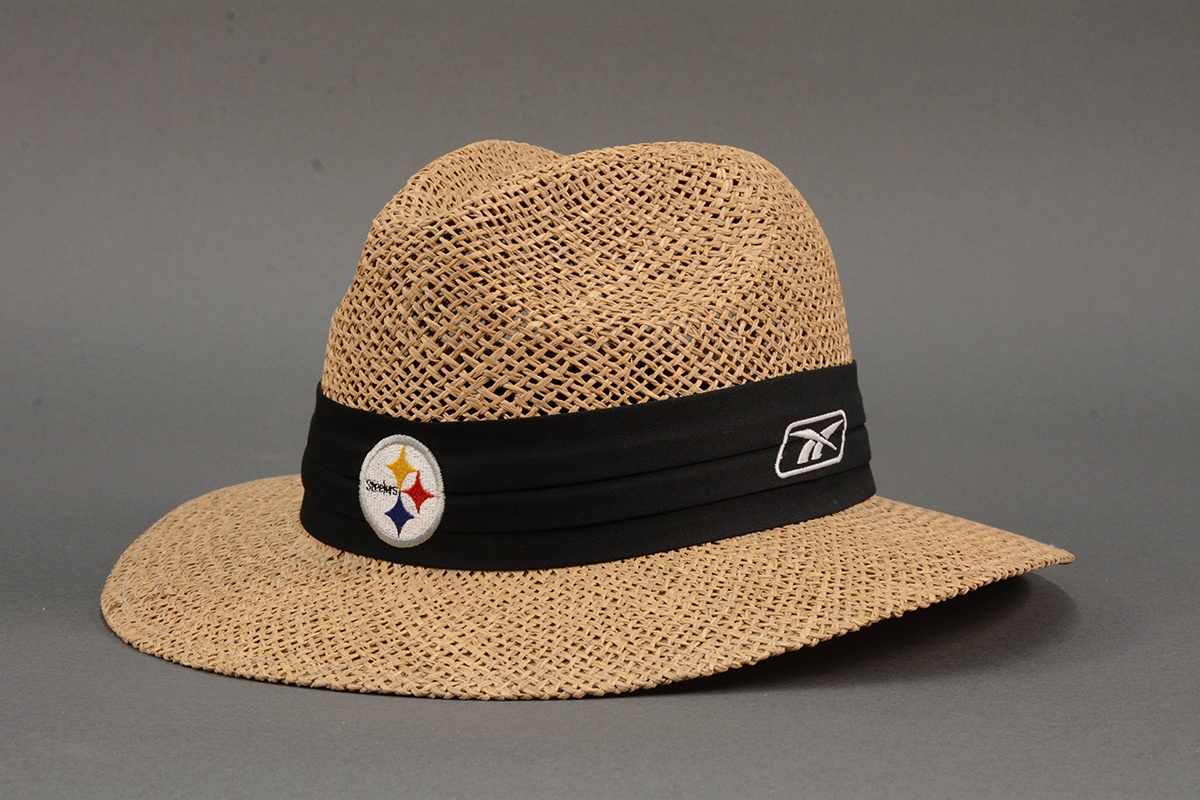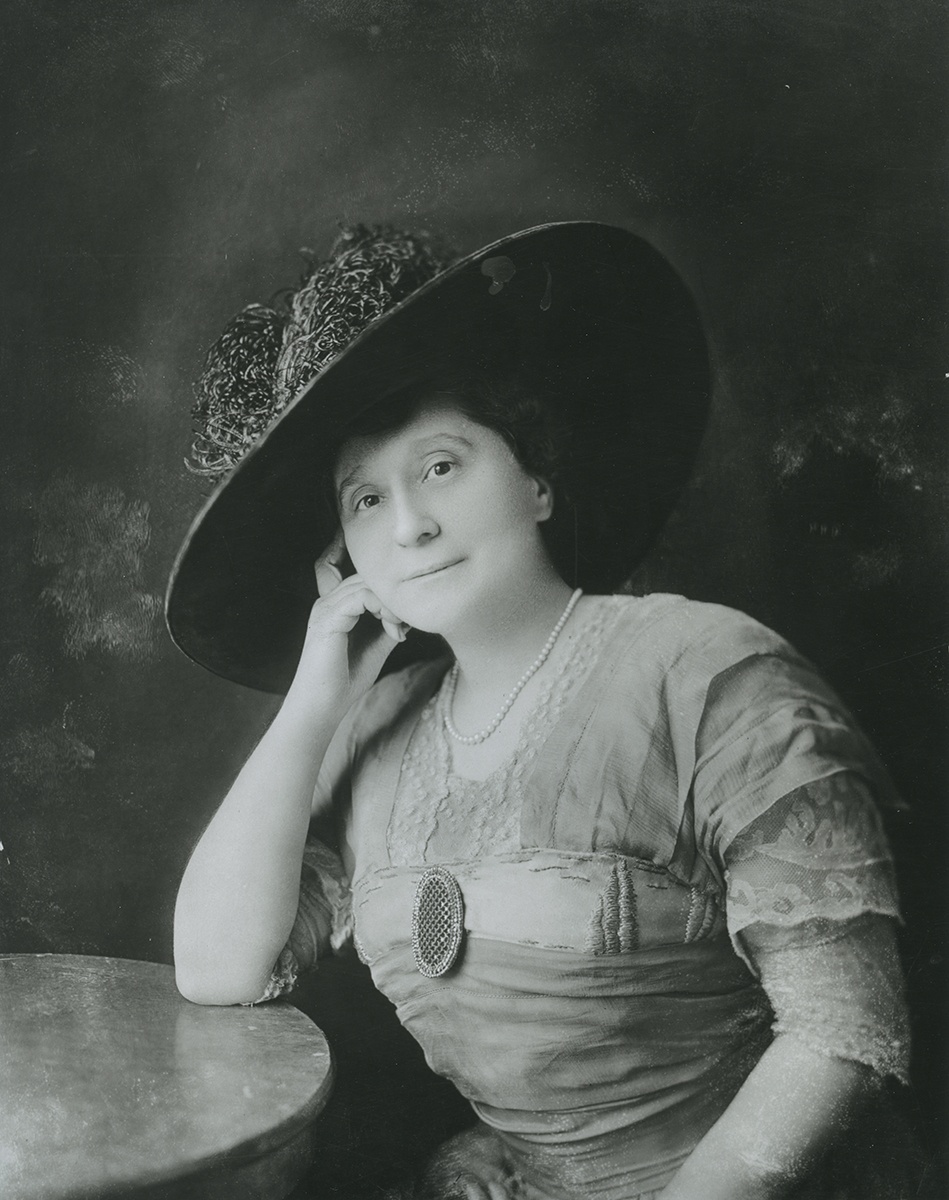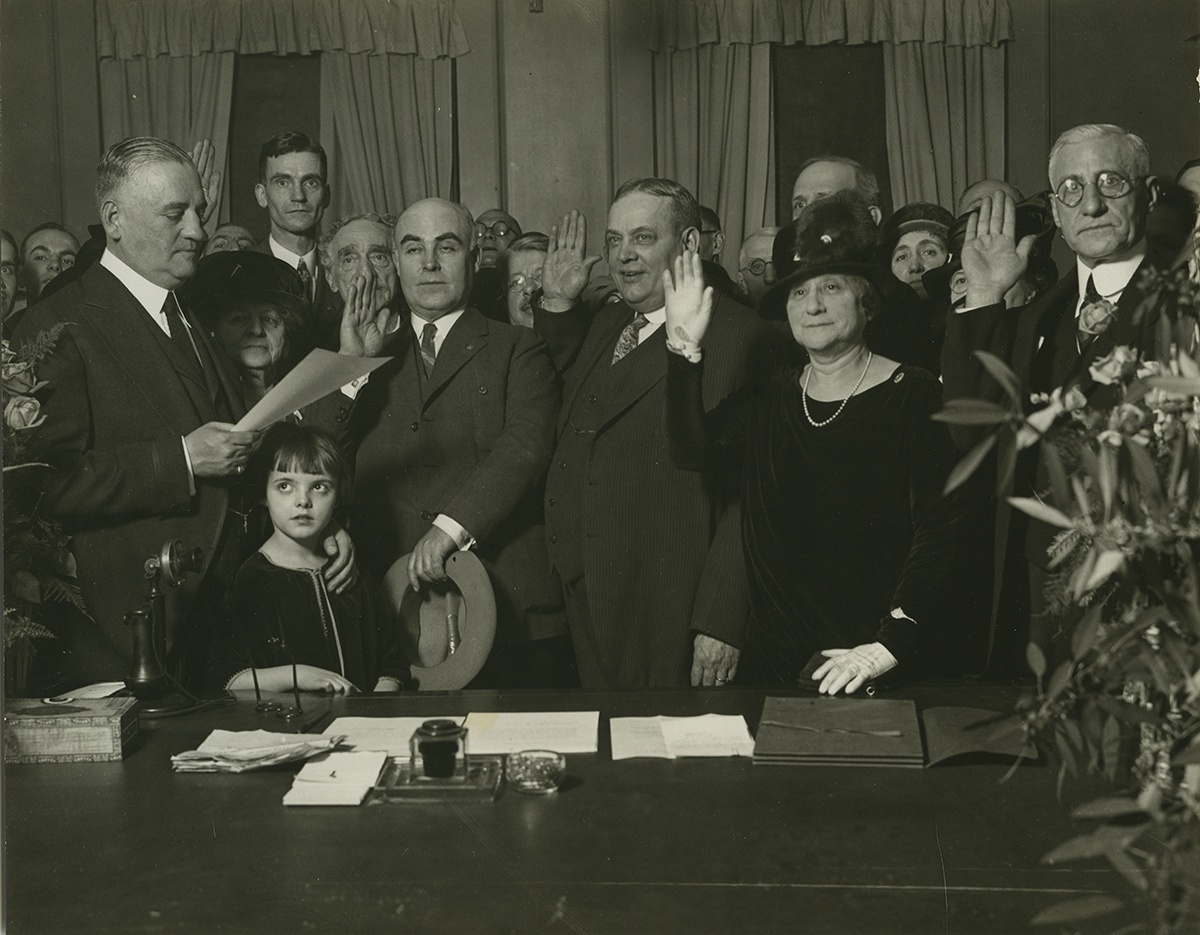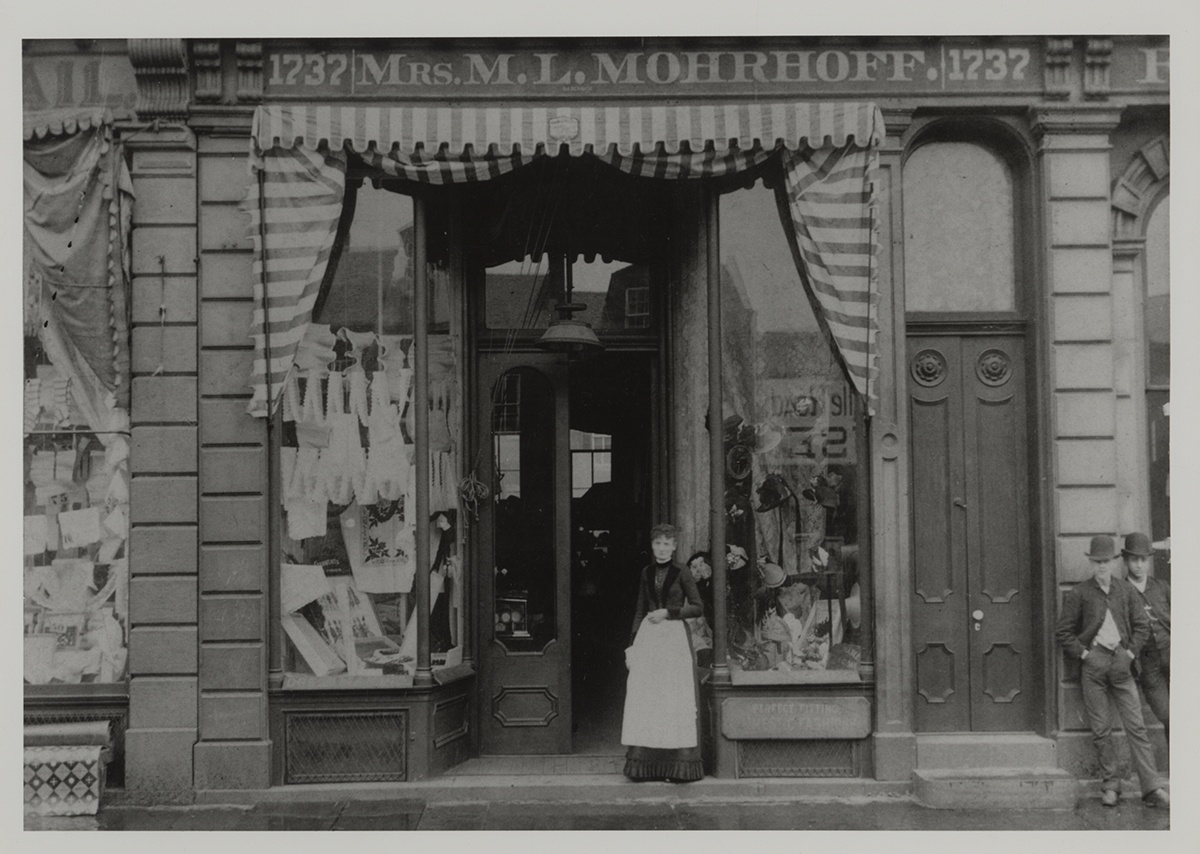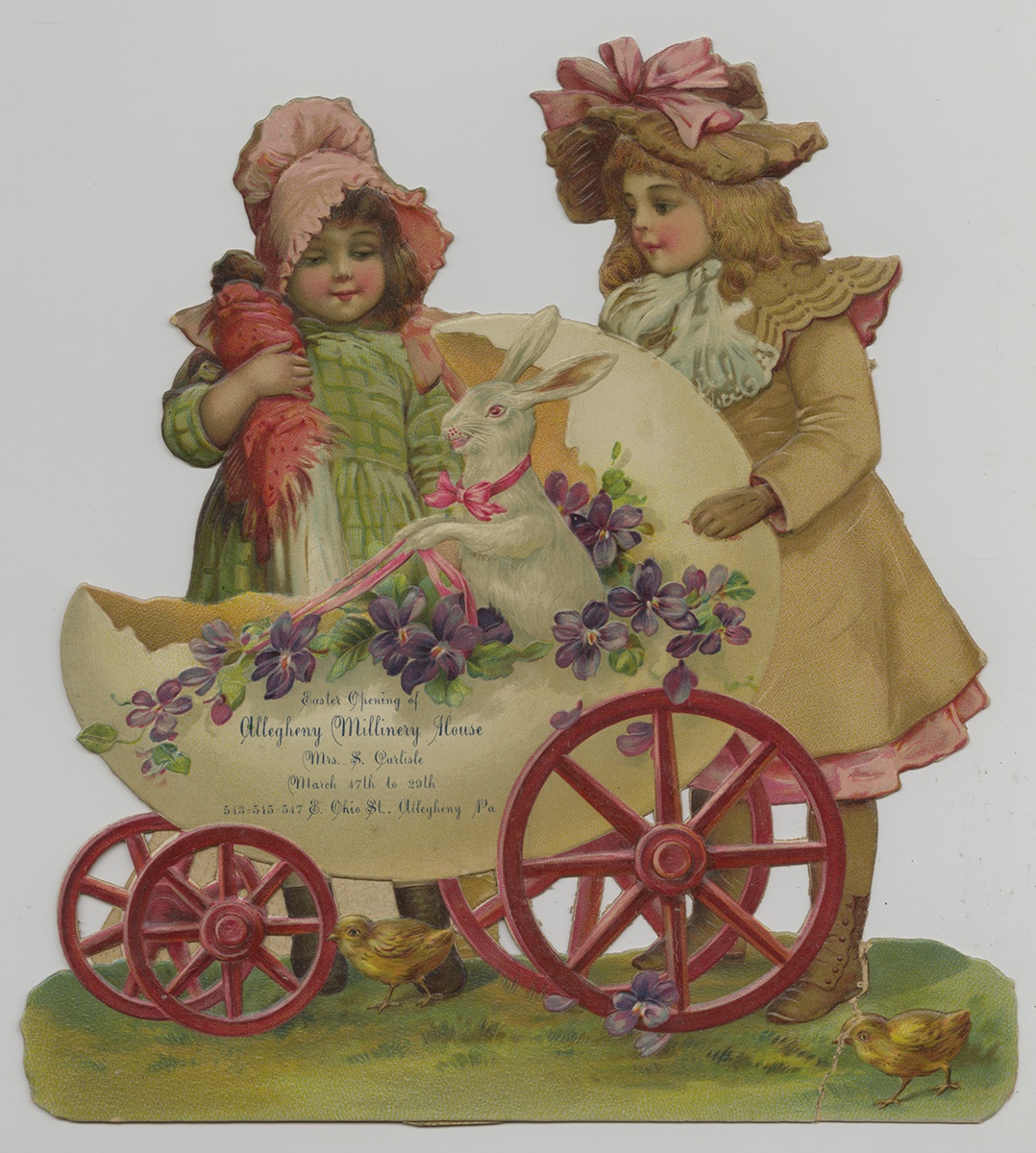He wears a miner’s hat
she wears a feathered hat
he wears an Army hat
she wears a hockey hat.
Hang onto your hats – National Hat Day is Jan. 15!
The Heinz History Center has more than 600 pieces of headwear in its collection, including hats, helmets, veils, bonnets, garrison caps, religious headwear, and more.
Here are a dozen you can see next time you visit the museum.
Knights Templar uniform hat worn by William E. Noble, Sr.
Visible Storage
Gift of Janet Pazzynski
The Knights Templar is a Christian-oriented fraternal organization that was founded in the 11th century. A typewritten piece of paper tucked behind leather sweatband on this hat has the text “This hat is property of William J. Noble, / Tancred Commandery No. 48 K. T. / Pittsburgh, Pa. / Home address: 607 Greenlee Rd., / Pittsburgh (27), Pa. / Phone: Carrick 5090R evening / Day: At. 5300 Ex. 276.”
Civil War Calvary Hat, 1865
Visible Storage
Gift of Mr. and Mrs. Howard Adair
This Calvary hat was worn by Henry Blake Hays, who served in the 6th Cavalry during the Civil War.
Firefighter’s Helmet, c. 1889
Visible Storage
Gift of Judith K. Steel
This firefighter’s helmet, from the Pittsburgh Bureau of Fire, belonged to First Assistant Fire Chief of the Fire Department John Steel. Steel was born in Pittsburgh on March 13, 1836. He was a member of the Niagara Volunteer Company in the days before there was an official fire department in the city. He joined the company in 1854, and in 1858, he was elected Captain of the Niagara for one year.
After fighting in the Civil War in Company E, Eighth Pennsylvania Reserves, he returned to Pittsburgh and served as the Captain of the Niagara again for two years before becoming the Firemen’s Association Second Assistant Chief Engineer for two additional years.
In March of 1870, Pennsylvania Governor Geary signed “An Act to establish the Pittsburgh Fire Department” which was adopted on April 14, 1870. Steel joined the Hook and Ladder truck, was transferred to Relief Engine Company No. 9, became foreman of that company in 1877, and was then appointed Assistant Chief Engineer. The Niagara Company owned dog “Jack” of Civil War fame.
Top Hat from Gusky Department Store, 1890
Visible Storage
Gift of Mr. and Mrs. Art Weixel
This top hat was worn by Joseph Weixel (1827-1921), who was born in Bavaria, Germany. When he was 9 years old, his family came to America, traveling to Pittsburgh in a Conestoga wagon. They lived in Sligo – today known as the South Side – where Joseph was employed at the Lyon, Shorb & Company iron works. The top hat bears a label from Gusky’s Department Store. Founded by Jewish immigrant Jacob Gusky, the store was located on Market Street in Allegheny County from c. 1881-1904.
Black police helmet, c. 1906
Pittsburgh: A Tradition of Innovation
Gift of Robert J. Trombetta
One of the first state-operated constabulary forces in the United States, the Pennsylvania State Police quelled strikes in steel towns. This police helmet belonged to Julius A. Trombetta.
Polish Volunteer Army hat, WWI, 1918
Special Collections Gallery, Polish
Gift of Walter Kaczynski
Walter Kaczynski, a Polish immigrant, came to Pittsburgh in 1913 at age 18. In 1917, he was recruited on the South Side by the Polish Falcons Alliance of America to serve in WWI. Kaczynski trained in Canada and served in the Polish Volunteer Army until 1920. That year, he returned to Pittsburgh, married, and settled in Lawrenceville. Kaczynski worked his entire career at American Bridge Company.
Miner’s Helmet, c. 1920
Pittsburgh: A Tradition of Innovation
In memory of Ercole and Zio Pasquale Del Signore
Created by Edison Storage Battery Company in conjunction with Mine Safety Appliances Company, the flameless safety lamp greatly reduced the risk of explosions by ridding mines of the earlier open-flame lamps. This weathered unit belonged to Ercole and Pasquale Del Signore, Italian immigrants who worked at the Robena Mine in Greene County. Robena Mine is located at Greensboro and Carmichaels, Greene County, Pa., which are served by barges on the Monongahela River. The mine consists of three interconnected mines, numbered 1, 2, and 3. On Dec. 6, 1962, Number 3 was the site of an explosion that killed 37 men; 133 survived.
Feathered hat, c. 1945-1955
Visible Storage
Gift of Lynn Honeywill-Norris
This feathered hat is from a collection that documents the singing career of donor Lynn Honeywill-Norris’ mother, Marilyn McCabe Honeywill. Marilyn was born in 1930, in the Shadyside area of Pittsburgh. Her singing skills were evident at a young age, and her parents sent her for training at the Pittsburgh Musical Institute. The collection documents her early performances at Ursuline Catholic Convent School (now the Waldorf on Winebiddle in Friendship), where she performed in joint plays with Central Catholic as well as her one year at the Pennsylvania College for Women (now Chatham), where she also performed before dropping out to focus on her musical training.
In the 1940s, she was named the Chevrolet Sweetheart and often performed the Chevrolet ditty, “See the USA, in your Chevrolet.” Before and after her 1949 marriage to Ransom Honeywill, Marilyn performed on both KDKA radio and television. She raised six children on a farm in Mars, Pa., while also frequently driving into the city to perform. After taking some time off, she returned to performing in the 1970s with the Civic Light Opera.
Pittsburgh Pennies ice hockey helmet, 1970s
A Great Day for Hockey, Western Pennsylvania Sports Museum
Gift of Jean A. Lombardi
This blue plastic ice hockey helmet with a clear plastic visor comes from donor Jean A. Lombardi, who played for the Pittsburgh Pennies. The Pennies were a professional women’s hockey club that competed in the Mid-Atlantic Women’s Hockey League.
Original Mr. Karl pillbox hat, 1962
Visible Storage
Gift of Jean Woods
This pillbox hat is part of a collection of clothing owned by donor Jean Woods’ mother, Louise Irwin Woods, who had an extensive clothing collection. It primarily consists of clothing from the 1950s and 1960s, including mostly dresses and shoes, some of which are designer vintage. Louise Irwin Woods (1914-1999) grew up in the Ligonier area and was a graduate of Juniata College. She taught school until her marriage in 1934 to Carson B. Woods. Upon her husband’s death in 1953, Louise began teaching elementary school again and also earned her Master’s degree in archival studies from Duquesne University. She appreciated well-made clothing and had things ordered from New York, Baltimore, and Pittsburgh area tailors.
Pittsburgh Passion football helmet, c. 2000s
Western Pennsylvania Sports Museum
Gift of Teresa L. Conn
Teresa L. Conn is the owner of the Pittsburgh Passion and was also a player. The Passion started in 2002 as part of the National Women’s Football Association.
Bill Cowher’s Pittsburgh Steelers straw hat, 2004
Western Pennsylvania Sports Museum
Gift of Bill Cowher
Former Pittsburgh Steelers head coach Bill Cowher wore this hat often at the Pittsburgh Steelers training camp in Latrobe, Pa.
But wait – there’s more! While the Heinz History Center collects physical objects for its museum collections, the Detre Library & Archives, which has been collecting photographs and other archival pieces since 1879, is also a treasure trove of hats in Western Pennsylvania history.
The post was compiled by Sarah Reck, senior digital marketing manager at the History Center.

